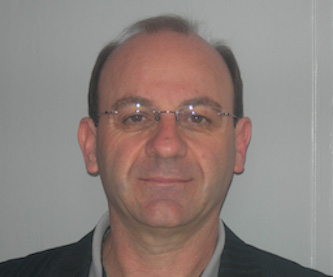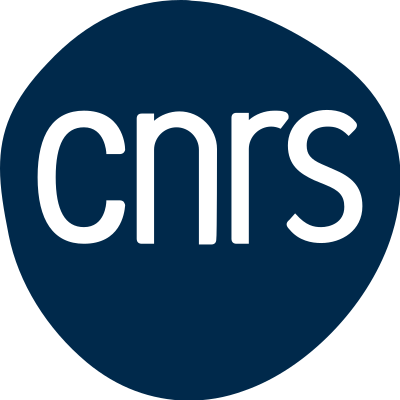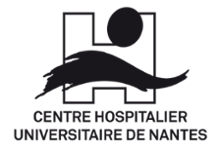|
Christian DANI, PhD, invité par Karim Si-Tayeb (Eq IV)
DR1 Inserm. Directeur de l'équipe "cellules souches et différenciation" à l'Institut Biologie Valrose, Nice
ABSTRACT
Stem cells with a multi-lineage potential have been isolated from human adipose tissues. These cells, that we first named human Multipotent Adipose-Derived Stem (hMADS) cells, maintain their characteristics with long-term passaging in culture and interestingly have a potential in regenerative medicine. However, we show that adipose-derived stem cells derived from different adipose tissue depots are not identical in humans.
In mammals, two types of adipocytes coexist, i.e. brown and white, which are both involved in energy balance regulation while having opposite functions. White adipose tissue (WAT) is dispersed throughout the body and is mainly involved in energy storage. In contrast to WAT, brown adipose tissue (BAT) is specialized in energy expenditure. Activated BAT consumes metabolic substrate and burns fat to produce heat via the uncoupling protein (UCP)-1). Brite/beige adipocytes were recently described as brown-like adipocytes (BAs) and represent a third type of adipocytes recruited in WAT. Therefore, BAs represent promising cell targets to counteract obesity. However, the scarcity of BAs in adults is a major limitation for a BA-based therapy of obesity, and the notion to increase the BA mass by transplanting BA stem cells in obese patients recently emerged. The next challenge is to identify an abundant and reliable source of BA stem cells. We will describe the capacity of human induced pluripotent stem cells (hiPSCs) to generate BA stem cells able to differentiate at a high efficiency in 3D culture. This cell model represents an unlimited source of human BAs that in a near future may be a suitable tool for both therapeutic transplantation and for the discovery of novel efficient and safe anti-obesity drugs.
|






